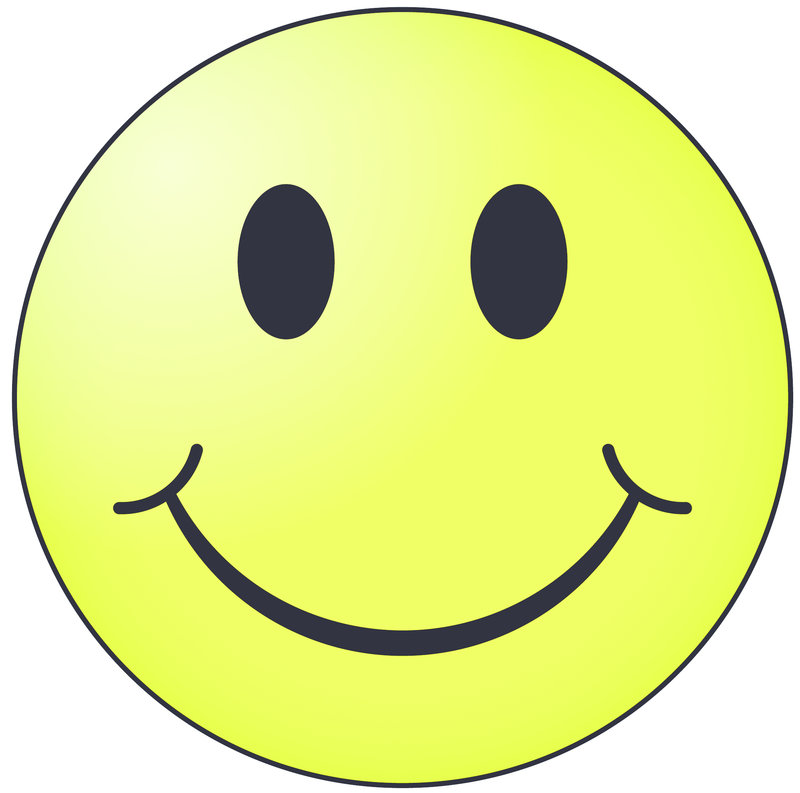FACTS AND SITES. MARTÍ CRESPO. NEW
Secret of the smile
The popular pictograms used by Whatsapp are Japanese in origin and have been around since the 1990s
Every day, when we chat to friends on WhatsApp, we use dozens of emoticons to express ourselves without words. The pictograms used by this application were bought last year by the social networking giant Facebook, and are called emoji. They are originally from Japan and were in use from the late '90s, long before WhatsApp came about. In Japanese “e” means image and “moji”, character. Because they come from a culture that is quite different to our own, at times they have a very different meaning from what we understand them to be. This can lead to errors of semiotic interpretation. Take for example the girl dressed in pink who has her hands on her head. For us, this might seem a sign of surprise or shock, but in Japan this gesture usually means “I agree.” And the same girl when she is crossing her arms? Throughout Asia, this is the way of express denial or refusal. There is also the mysterious figure of a boy wearing a blue sweater who seems to be doubled over. In fact, this position is called dogeza and in Japan and is used to display a profound respect.
Emoji referring to the hands are another source of confusion in cultural terms. Some represent the most basic concepts of universal sign language, but there are many others that are essentially Japanese in nature, such as the gesture of joining hands together. We could read this as a a sign of prayer or hope, that something good will
happen or pleading, when in fact in Japan it is used to represent gratitude. When we raise both hands with our palms showing the Japanese would be expressing great happiness and at the same time shouting: “Banzai!”
The references to Japanese culture do not end here, and there are many emoji related to gastronomy and traditional festivals of the country. In the food section, there are many Japanese dishes, such as sushi, onigiri-rice balls, noodle bowls, dorayaki cakes, soft ice-cream ... even the traditional bottles of sake.
With emoticons, you can also learn more about the typical festivals to be found in the Japanese calendar: the bamboo shoots surrounded by pine branches are kadomatsu depicting the raditional New Year; two flying carp-shaped balloons represent koinobori, the celebration of a type of children's day, and there is a complex one of a smiling moon over a field of grain used to represent tsukimi and the feast celebrating the autumn equinox. But just how did these Japanese emoticons came to be accepted worldwide? The answer is that it is all thanks to Google. In 2007, when the search-engine giant made a big entrance into the Japanese market, they decided to the use popular existing phone graphics in Gmail. Back then, each phone company had its own graphics and Google simply unified the system.
Many countries publish statistical classification based on their own criteria, independent from others, with no relationship between them. But in an interconnected world like today, where the great majority of problems are truly global, it is much more logical to present statistics taking into account the external action of states and measure their impact on the rest of humanity.
This is the view, at least, of Simon Anholt [www.simonanholt.com], the author of the so-called Good Country Index [www.goodcountry.org/overall]. It is an international ranking that has been built up over the last two years from 30 UN data-banks [un.org] and other international agencies and is linked among other things to gross domestic product (GDP).
This index measures the impact of each country in the world in seven categories: science and technology, culture, peace and global security, world order and world climate, prosperity and equality, and health and wellbeing. At the top of the list is Ireland [www.gov.ie], given that it did not send troops to Afghanistan in 2010 (when the rankings were calculated), and because it also has a large international aid programme, low population growth and generates almost no refugees.
Ireland is followed on this interesting list by Finland [valtioneuvosto.fi], Switzerland [www.admin.ch], the Netherlands [www.government.nl], New Zealand [www.govt.nz], Sweden [www.government .se] Great Britain [www.gov.uk] Norway [www.regjeringen.no], Denmark [www.denmark.dk] Belgium [www.belgium.be] and France [www.gouvernement.fr].

